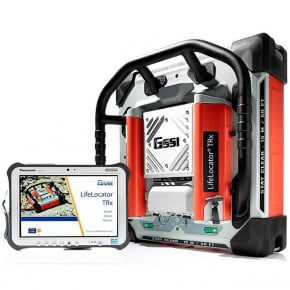Urban Search & Rescue
Urban Search & Rescue
Urban search and rescue (USAR) missions are extremely difficult to perform successfully, due to many obstacles including limited resources, harsh weather conditions and severely damaged infrastructure.
The LifeLocator system uses ultra-wideband (UWB) radar technology to improve the odds of recovering living victims of earthquakes, building collapses, flash floods, avalanches and other man-made disasters.
The LifeLocator system uses ultra-wideband (UWB) radar technology to improve the odds of recovering living victims of earthquakes, building collapses, flash floods, avalanches and other man-made disasters.
Urban Search and Rescue
- Motion Detection
- Breathing Detection



